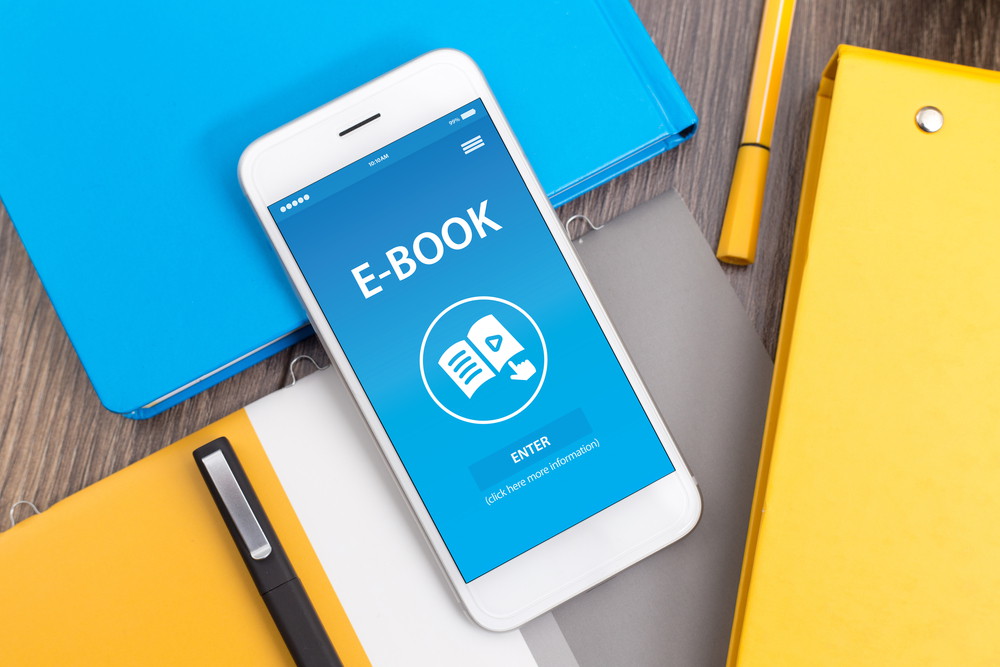New technologies are slowly but surely completely changing education patterns. From classes that students can attend online to new forms of communication and media, new technologies facilitate the way professors interact with students and introduce new ways to teach that could completely transform the way classrooms will look in the future. Nowadays, technology and education are interconnected. Technology in education, bringing new possibilities. The impact of technology on education has changed our way of taking education offline or online. In this article, let’s see how technology has changed education? One would be hard-pressed to find an educator who disagrees with such a standpoint. From laptops to tablets to online courses and beyond, technology has most definitely changed the face of education throughout time. Here are a few of the most significant ways the world of technology has collided with our education system. Both teaching and learning have changed under the influence of the latest technological advancements in education. Chalkboards, printed textbooks, and libraries seem ancient in the era of tablets, smartphones, and e-books. Yet, here we have some of the most significant changes technology brought to education.
How Has Technology Changed Education?
Online classrooms
One of the most groundbreaking changes in the last recent years in education is online classrooms. Online education allows students to study from anywhere, anytime they want, and more and more reputable online institutions are making an appearance in the educational landscape. Furthermore, the degrees dispensed through online schools have considerably changed over the years. Only a few degrees were attainable when universities first introduced online education. However, advanced courses such as Boston University’s online criminal justice master’s degree or advanced nursing studies are now available online. Just a few years ago, more and more institutions recognized online studies as legitimate these days. It is now possible to complete a college degree without ever stepping into a classroom. In the past few years, online campuses have spawned with veracity. They are typically much more affordable than traditional universities, as students have no need to travel to class or pay for on-campus housing. In addition, modern education offers online colleges, which are much more adaptable to the lifestyle of a single and working parent. Nowadays, online study materials are more interactive, user-friendly, and easy to read. These usually include videos, images, and links to relevant websites, which grab students’ attention in the classroom. Moreover, since heavy textbooks are no longer obligatory, they can find everything they need on their tablets, laptops, or smartphones. There is also an environmental advantage is that schools are now using less paper to save trees.
Chalkboards are a thing of the past
Chalkboards have almost completely disappeared from the classroom. Markerboards are next! Nowadays, smartboards are replacing chalkboards. Smartboards are interactive and have a touch screen. In addition, teachers can host educational games with interactive interfaces and live results. Most smart board models have a special pen tray that holds two specialized writing utensils. When students or teachers remove a pen from the tray, an electronic signal activates the pen. Now, they can use the stylus on the smartboard. Read: How Are Schools Using the Sharp BIG PAD to Their Advantage?
No more tiny notes floating around the classroom
No more tiny love notes are floating around the classrooms. Now the kids text each other. The average age of a child receiving a cell phone has recently reached 10-12 years. Only ten years prior, this was an outrageous prediction. Teachers are faced with a whole new set of challenges when kids are equipped with tiny handheld computers. Distraction and lack of focus are at an entirely new level with that sort of distraction at a student’s fingertips, and we all know that rules do not deter stubborn kids.
Note passing went from in-class to online
Passing notes in class became a part of history as soon as students got computer-literate. Nowadays, there are many websites for sharing HSC notes created by young people who want to help others learn. Students post their notes online, making them available to other students in their school and all over the country. These notes can be either purchased or downloaded free of charge. In this way, the quality of learning improves because students can collect different notes and take the most important parts out of them.
Web-based research instead of library-based
Searching for a particular piece of information in a regular library can be very frustrating since it is very time-consuming and exhausting. On the other hand, web-based research gives us vast amounts of data in no time – one click is enough to find what you need. In that way, the research process is sped up, thus leaving more time for learning itself. Developments in technology definitely brought many changes in our everyday lives, including education. However, it is essential to know that the use of technology combined with traditional teaching methods gives the best results. In that way, students gain knowledge relevant for their future life, but they are also prepared to make the most of the latest technological improvements.
Communication is exponentially more effective
Communication is a million times faster and easier than it was ten years ago. Students, teachers, and parents have no excuse not to contact one another regularly. Email communications, mass text messages, automated phone calls, and much more create the ability never to lose touch. The communication between teachers and students is no longer limited just to school hours. Instead, students can contact teachers simply by sending emails. This is actually a considerable advantage of technological development because it saves time and allows students to stay in touch with their teachers and with each other. Also, teachers are able to share study materials online, using services like Dropbox, which enhances the process of studying even more.
eBooks
While many students report that they prefer traditional textbooks, with changing education technology, eBooks open a whole new world of possibilities for academics. While many people see eBooks as simply virtual forms of conventional books, eBooks are much more than that. For instance, they can insert multimedia into a PDF book to help explain certain concepts. Furthermore, it allows students to limit the number of books they have to carry and also allows them to access a wide variety of books in seconds. Instead of hauling bulky books, students carry their tablets or portable laptops. In that way, the process of learning is advanced and simplified, because everything they need is stored in their gadgets. Also, online libraries are becoming popular because the notion of the book is changed and taken to the next level.
iPads and tablets create learning diversity
Technology has done some spectacular things in modern education, primarily through the development of the iPad and, similarly, tablets. As a result, students with all ranges of capabilities can mold their educational experience to their ability. In addition, developmentally disabled students have a wide range of new skills in the classroom through technology integration.
Improvement of simulations and models
Digital simulations allow teachers to simplify complicated concepts that are difficult to explain through traditional methods. For example, introducing concepts such as “how molecules react” or “the reactions when two particular chemicals are mixed” can be difficult outside a lab. However, virtual labs allow students to conduct experiments without the risks associated with lab work. It is also much more cost-efficient for universities.
Better assessment
A growing number of instructions have gone entirely digital when assessing their students’ work and how well they’ve integrated the principles they taught to them. In addition, it allows teachers to create tailor-made tests that students can take online to evaluate their knowledge base.
Video games
While anyone can use video games for entertainment, they can also prove to be a very powerful educational tool. This is because video games can be designed to mimic real-life problems and gauge how students react to real-life situations. But not only are video games introducing a whole new way of working, but they also allow students to become better problem solvers. There is absolutely no telling what the face of education will look like in the next few years. Still, technology is sure to become more and more ubiquitous in classrooms and will probably change the lives of students and teachers for the better.

